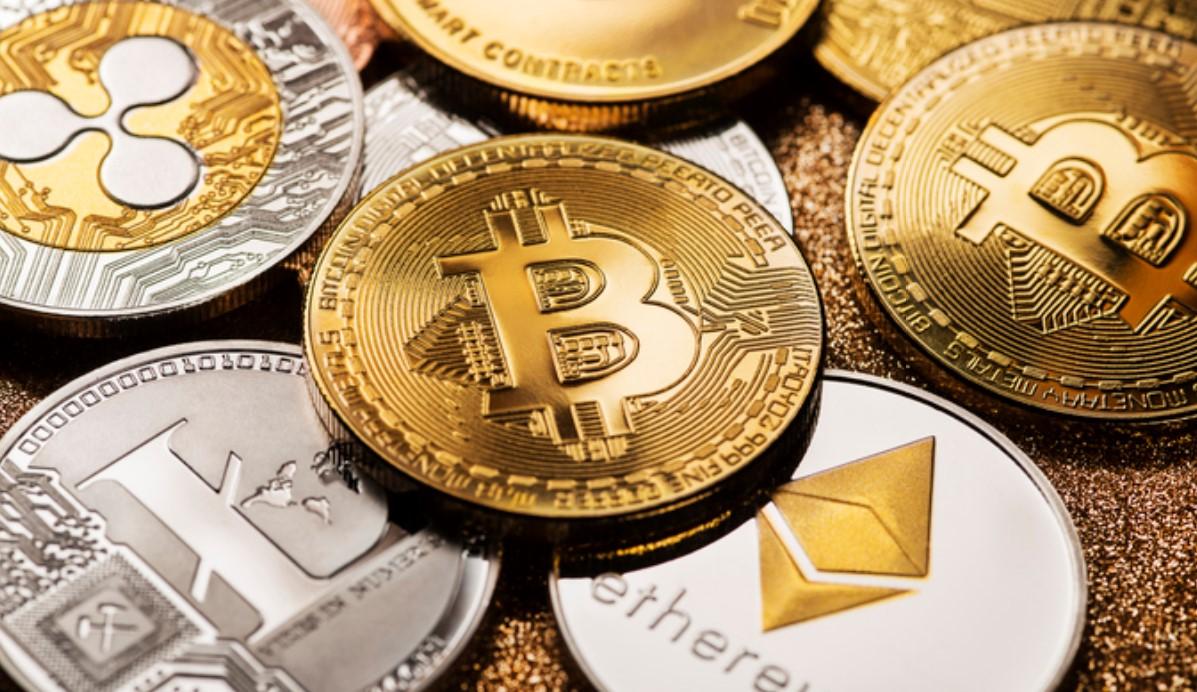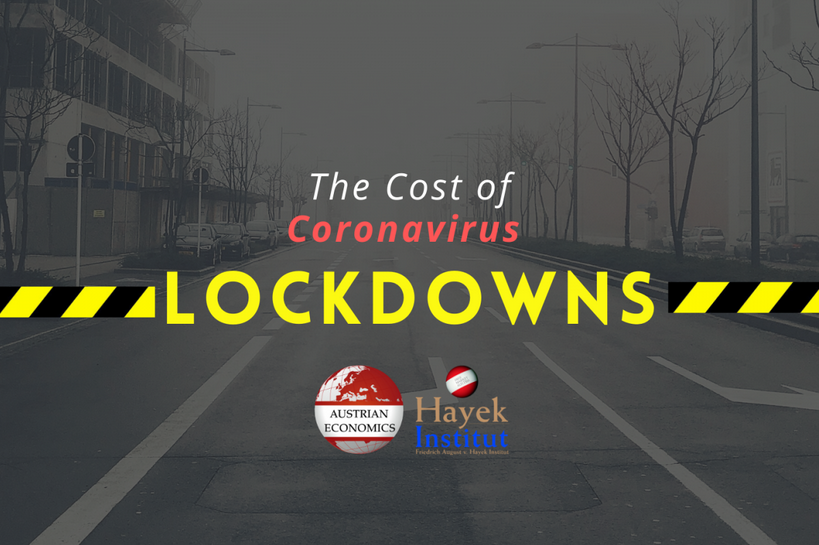“If the market continues to see wild swings based on Elon Musk tweets, it’s going to be a big setback for this asset class,” Matt Maley, chief market strategist for Miller Tabak + Co. told Bloomberg. “The fact that it sees such wild swings to the tweets from one person takes away the legitimacy of the asset class.” Reminds a bit of a financial planner who told me bitcoin is “manipulated” and followed up with the ultimate smear “unregulated.” Yikes. Then the Chinese government made all sorts of threats concerning the mining and holding of crypto’s top brand. A wag on Twitter responded with words to the effect that when the Chinese banned Google in 2010 it didn’t seem to slow down the company. Weston Nakamura in an interview with Real Vision’s Jack Farley made the
Topics:
Doug French considers the following as important: 6c) Bitcoin&Blockchain, Featured, newsletter
This could be interesting, too:
Nachrichten Ticker - www.finanzen.ch writes Die Performance der Kryptowährungen in KW 9: Das hat sich bei Bitcoin, Ether & Co. getan
Nachrichten Ticker - www.finanzen.ch writes Wer verbirgt sich hinter der Ethereum-Technologie?
Martin Hartmann writes Eine Analyse nach den Lehren von Milton Friedman
Marc Chandler writes March 2025 Monthly
 “If the market continues to see wild swings based on Elon Musk tweets, it’s going to be a big setback for this asset class,” Matt Maley, chief market strategist for Miller Tabak + Co. told Bloomberg. “The fact that it sees such wild swings to the tweets from one person takes away the legitimacy of the asset class.”
“If the market continues to see wild swings based on Elon Musk tweets, it’s going to be a big setback for this asset class,” Matt Maley, chief market strategist for Miller Tabak + Co. told Bloomberg. “The fact that it sees such wild swings to the tweets from one person takes away the legitimacy of the asset class.”
Reminds a bit of a financial planner who told me bitcoin is “manipulated” and followed up with the ultimate smear “unregulated.” Yikes. Then the Chinese government made all sorts of threats concerning the mining and holding of crypto’s top brand. A wag on Twitter responded with words to the effect that when the Chinese banned Google in 2010 it didn’t seem to slow down the company.
Weston Nakamura in an interview with Real Vision’s Jack Farley made the trenchant point, “This is what markets look like when you don’t have global central banks artificially suppressing volatility, intervention of central banks buying every dip, putting a safety net under every single slight tremor or taper tantrum or whatever it may be, this is what happens.”
Making money isn’t easy. Whether it be working 9 to 5 or trading markets. The Fed seeks to smooth every bump so everyone will stay calm and carry on, buying stocks. Perhaps a viewer or two of his recent 60 Minutes interview caught Powell’s off-hand comment that the central bank has bailed out money market funds twice in recent months. Money market funds? Most people believe that is cash.
There was no mention of the Plunge Protection Team or other secret committees to ensure the safety and soundness of securities markets. Just keep plugging your savings into those 401(k)s, folks, and let the experts handle it.
Cyrptoland is a little different. “This is a 70 vol asset, 80 vol, or whatever it is. What that means is that—forget what the volatility is, this is what freely trading markets look like. We haven’t seen what freely traded markets look like for, I don’t know, a decade or so,” Nakamura told Farley. “There’s no Chairman Powell that needs to come out and announce something for you to put your capital to work. Free markets will do that. That was on display today. 70 vol assets don’t exist except for here and this is what 70 vol assets behaves like. If there is a value proposition behind it, you will see investors take advantage of it.”
Farley, somewhat of a financial history buff, chimed in, “Weston, who would say hey, we had this Wild West before the Federal Reserve, what we had was banking panics, we had deflation, we had banks issuing their own currency. One thinks of this whole, Dave Portnoy launching Safemoon, someone launching CumRocket, someone else launching—all these coins new every day, perhaps it would remind you of the Wild West of banking before the Federal Reserve.”
That’s right, there used to be gold in them there banks. Unfortunately, not enough to cover all the paper notes these banks would issue. However, there wasn’t runaway asset inflation either. Having all of these different bank notes floating around might have been confusing. However, the market created note clearinghouses, what Murray Rothbard describes in A History of Money and Banking in the United States before the Twentieth Century as “A Free-Market ‘Central Bank.’” The Suffolk Bank and the Bank of New York, provided, as Rothbard wrote describing the former, “an island of monetary stability in an America contending with monetary chaos.”
Professor David Howden writes in his chapter “A Pre-history of the Federal Reserve” (included in The Fed at One Hundred), of the New York clearinghouse created in 1853 “as a solution to a complex settlement process among New York City Banks.” He cites monetary scholar Richard Timberlake, who saw the Federal Reserve as no more than “an evolutionary development of the clearinghouse associations.”
Today’s not-so-free-market central bank has two stated mandates, price stability and full employment, as well as a third that Mr. Nakamura calls out, “where asset prices can never go down for a certain cohort of investors.” If there is such a mandate, Nakamura says, just say so and then we’ll know “there really is no real market anymore when you have an unlimited non-economic actor in the market distorting prices, and furthermore, that other investors perceive them to be there, whether or not they’re there. That is not a functioning market at all.”
Meanwhile, when crypto collectively hit the ditch, “[w]hat you saw today was functioning markets, even not functioning platforms, but functioning markets,” Nakamura said.
He explains, “Bitcoin is not a US asset, just like oil is not a US asset, just like gold is not a US asset. Now, those are denominated in USD.” Sure, Americans think in US dollars, but “it’s BTC/fiat, and it’s not an American asset. People need to get that in their head. If you actually look at BTC/JPY (Japanese yen), the levels make a hell of a lot more sense.”
Investors are simply looking for ways to escape the US dollar and “What this crypto space does is it allows for 1 trillion or 2 trillion of that excess froth to be diverted away from stocks and from real estate and all that and to go into this very benign asset,” Nakamura told Farley.
There will be a day when the Fed, the Treasury and the SEC (Securities and Exchange Commission) will stick their long regulatory snouts into crypto. It may not mean the digital party is over, but the markets will lose the price discovery elasticity that currently works so well.
Tags: Featured,newsletter








